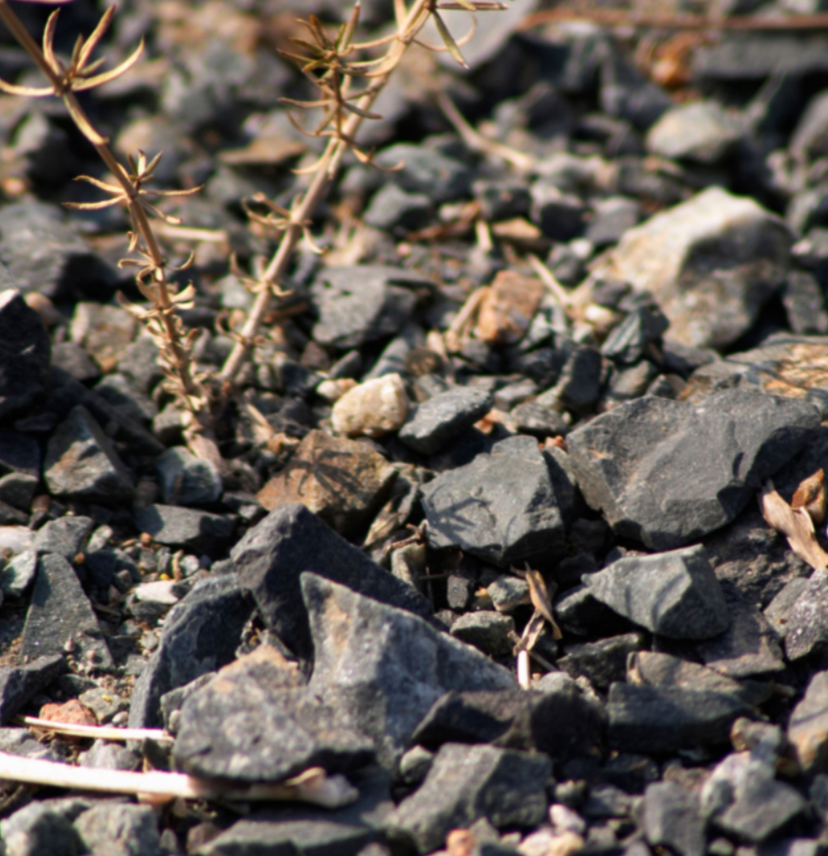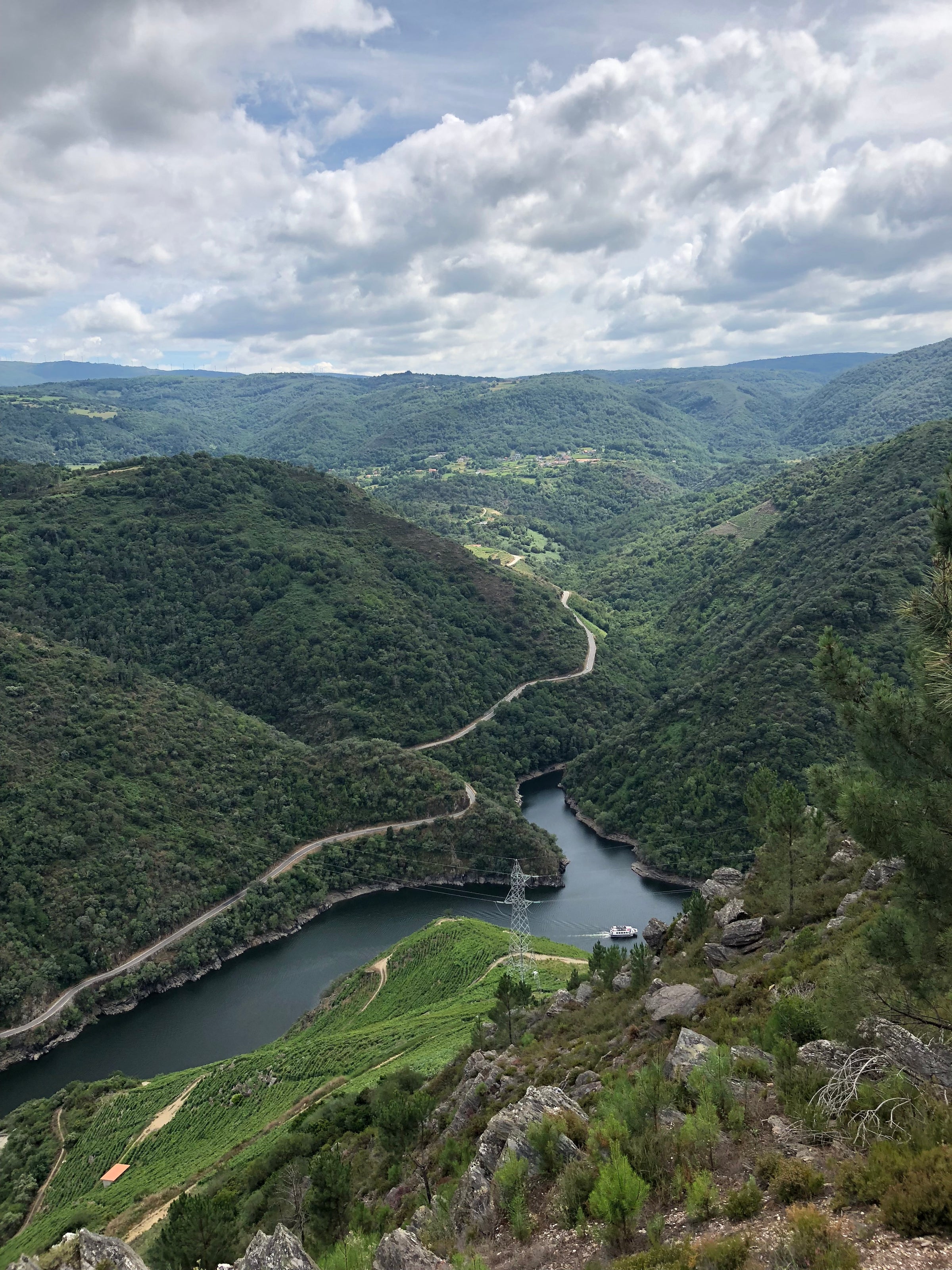Bodegas Hidalgo-La Gitana was founded back when George Washington was our president, and much of the imagery around Sherry (and its Portuguese cousins, Port and Madeira) has focused on Colonial-era connoisseurship. Skip ahead a few centuries to now, however, and you’ll find Sherry in all sorts of crafty cocktails and on wine lists of all stripes.
There was a long time in the middle when Sherry wines languished in the wilderness, gathering dust on backbars and in liquor cabinets, but no more: These exceptionally complex, long-lived fortified wines are enjoying a much-deserved renaissance, even if their intricacies are such that even experienced sommeliers need the occasional refresher course. Today’s wine from Hidalgo-La Gitana is a special-release Oloroso Sherry from the 1986 vintage, and while Olorosos are often called upon to stand in for rum or whiskey in lower-octane drinks, this stuff is not for mixologists—this is a deep, complex, and truly memorable wine, to be sipped contemplatively with no adornments other than a good glass and some good food. As for which food, well, that’s where Oloroso’s versatility comes in: This is a dry, oxidative Sherry, similar to old Madeira, with a burnished amber color and a rich, nutty flavor, and as I sip it and marvel at its freshness and length I can imagine myriad applications for it—it’d make a great apéritif, of course (and a much less debilitating one than a glass of Scotch), and could find any number of places on the table, from appetizers to dessert. When it comes to fortified wines, I think the final frontier for their more widespread acceptance—and regular use—is recognizing not just how versatile they are but recognizing them as wines, not some “others.” Taste this ’86 and you’ll agree: This is one great 30+-year-old wine! [
PLEASE NOTE: This wine is being special ordered and will ship from our warehouse the week of January 7, 2019]
Grown in the white, chalk/limestone soils of southwestern Spain, in the province of Cádiz, Sherry—the English way of saying Jerez (herr-ez), or Xérès (sher-esh) in Arabic, the name of the region’s anchor town—originally became fortified as a means of surviving the long sea voyage to Great Britain. The Brits were shipping wines to the homeland from Jerez as early as the 14th century, and as in Porto, in northern Portugal, British merchants opened their own bodegas in and around Jerez. Hidalgo-La Gitana, however, founded in 1792 and now run by the eighth generation of the Hidalgo family, is one of the great homegrown estates. The family’s 100 hectares of estate vineyards are concentrated in the Balbaina and Miraflores subzones of the Sherry-Jerez-Xérès DO (Denomination of Origin), whose key towns are Jerez de la Frontera, El Puerto de Santa Maria, and Sanlúcar de Barrameda. Hidalgo’s “cathedral-style” winery sits just 300 meters from the Atlantic in Sanlúcar, and when you consider how long the wines spend aging in these buildings in casks, it’s no wonder one of their signature features—regardless of style—is an unmistakable salty, “sea-spray” note on the palate.
The dry styles of Sherry are typically based on the Palomino (a.k.a. Listán) grape, a high-acid white variety grown in the snow-white, limestone/chalk mixture known locally as albariza. When fermentations are complete, the different lots of wine are sampled and selected, at that point, to be sent down one of two paths—either toward ‘oxidative’ aging or ‘biological’ aging under flor. Fino and Manzanilla are the best-known ‘biological’ styles: They are fortified (i.e., blended with a small amount of brandy) to get to about 15.5% alcohol, a level which does not prevent the formation of Sherry’s famous flor—a foamy-looking ‘veil’ of yeast that develops on the surface of the wine and prevents it from oxidizing, keeping it salty, fresh, and silvery straw-yellow in color. Lots selected for Oloroso are instead fortified to a higher level of a.b.v., which prevents the growth of flor and enables the wine to develop all the hallmarks of controlled oxidation, namely a deeper, more burnished color and lots of nutty, caramelized notes.
Today’s 1986, an
añada (vintage wine), differs from other Olorosos in that it’s a product of a single vintage, left in sealed barrels and never “topped up” with wines from more-recent years, as in the classic
solera system. In all, this Oloroso spent 20 years in cask before bottling, over which time it not only took on notes of the barrels it was aged in but experienced some evaporation in the humid bodega over time, concentrating the wine’s flavors. In fact, it’s more than just “some” evaporation: According to Hidalgo, 20 casks of the ’86 were originally set aside; they wound up with just three casks’ worth, enough for just a few hundred cases of wine. This lost wine to evaporation is typically referred to as the “angels share,” but obviously this time the angels took more than their share!
In the glass, Hildalgo-La Gitana’s ’86 Oloroso is a deep, brilliant mahogany color with an cacophony of aromas: toasted almonds, orange rind, vintage leather, sandalwood oil, salted nuts, cacao, toffee, clove…and much more. The palate is dry, full and rich, with mind-bending levels of complexity and the attendant warmth in the chest from 22% a.b.v. The lively acidity maintains a perfect about of tension and freshness. And while Sherry has its own glass—the
copita—we’re not big fans. Let this aerate properly in an elegant all-purpose white wine glass that allows for swirling; no decanting is needed, and ideal serving temperature is around cellar temp (55 degrees). Once opened, the wine will keep for several weeks—sometimes up to several months, just not indefinitely—if re-corked and kept in a cool, dark place. But I can’t imagine a scenario where there would be any of this wine left over: it would be amazing with a plate of Manchego with almonds and
membrillo; with something rich and savory like braised oxtail; with some bitter chocolate; or even with sweeter chocolate desserts, with which its dryness would be welcome (sometimes ‘sweet-on-sweet’ is just too much). This will serve you very well, regardless of the application—it’s a must-have!





